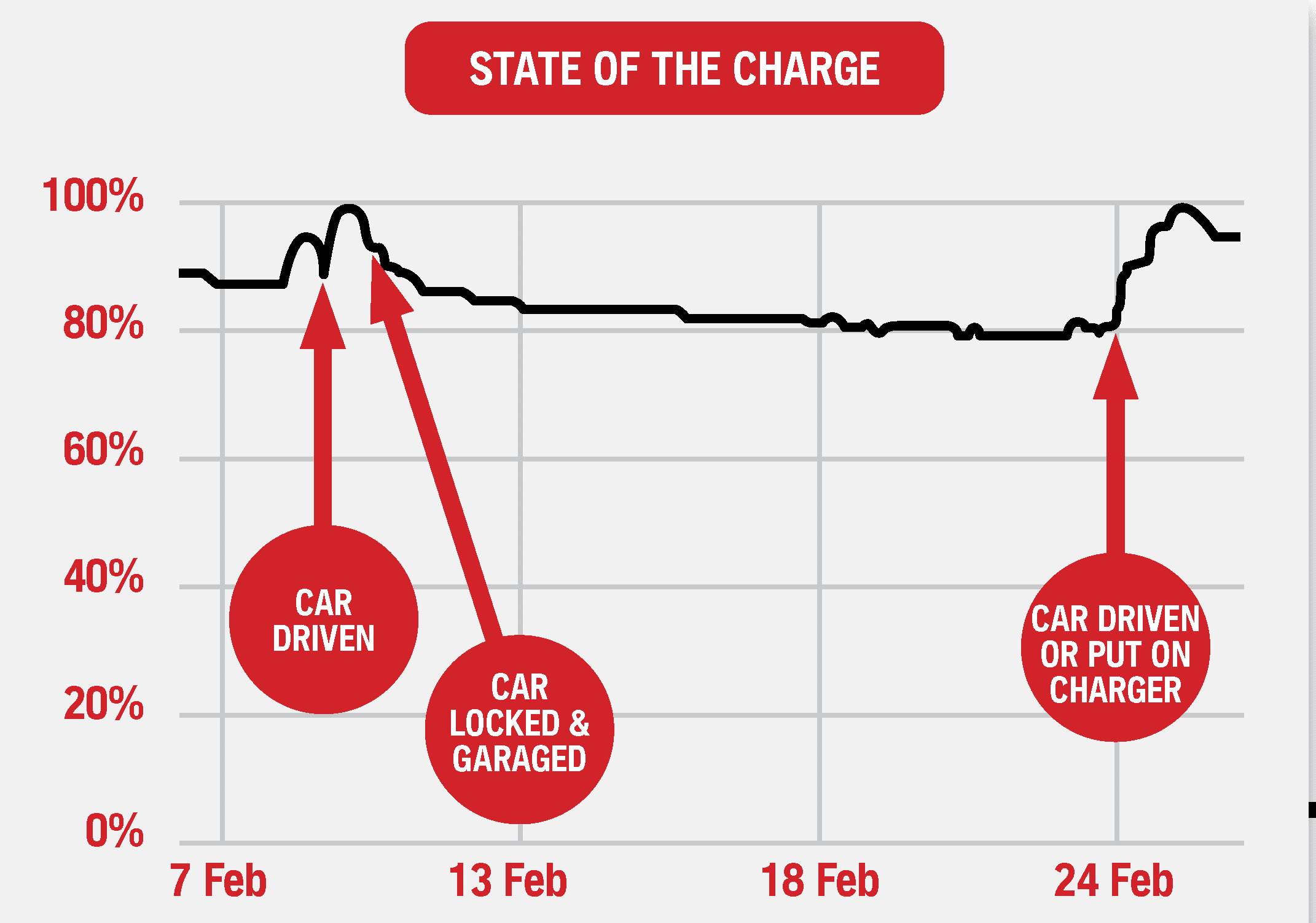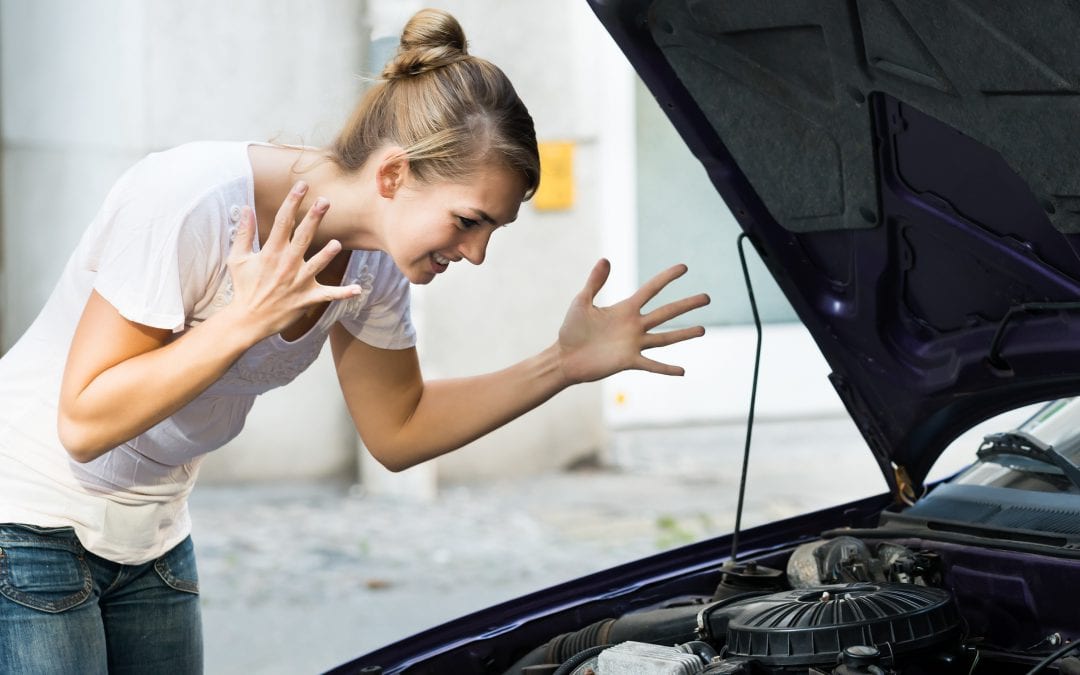Was your vehicle a little sluggish to start when you last left the house? If you’re driving your vehicle less, the risk of your starting battery going flat increases. Not driving a vehicle for as little as seven days can affect the ability of your vehicle to get started when needed. During a time when your vehicle is not being driven, it is recommended to keep your battery charged. This is particularly important for later model vehicles with smart charging systems and smart keys.
How does driving less affect your battery?
In this graph, you can see an example of a vehicle that is 12 months old, showing the battery discharge over a 10 day period of time when locked and garaged. Some other important things to note are:
- When a battery drops below 80% capacity, it is likely that your car battery will still start, but over time this might reduce the efficiency and lifespan of your battery.
- If the vehicle was to sit idle for 20 days, the battery capacity could drop further towards 60%, which may not be enough to start the vehicle.
- As vehicles and batteries get older, the decline in state of charge would be much steeper. For older vehicles, it could potentially drop as low as 60% in the first 10 days.

Choosing a battery charger
When it comes to choosing a charger to keep your battery charged, there is a wide range of options available. There are countless brands on the market with the most common sizes ranging from 5-25Amps.
As a general rule, the battery charger should be no bigger than 10% of the batteries Amp Hour rating. For most passenger vehicles, the average vehicle battery ranges between 50-70AH. This means a 5 Amp charger would be suitable to maintain the starting battery.
We have a wide range of battery chargers available in our online store. We can also offer a FREE Start and Charge Test at our Maroochydore workshop.
Give us a call on 1300 227 353 or contact us online.

